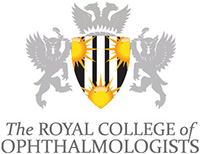Patient Management PM16
To assess a patient clinically, in OPD and elsewhere, in particular to:
| TITLE | REFRACTIVE SURGERY |
|---|---|
Code |
PM16 |
Learning Outcome |
|
Assessment |
|
Assessor |
|
Target Year of Achievement |
Year 7 |
Related Learning Outcomes |
|
Overview |
|
Resources |
